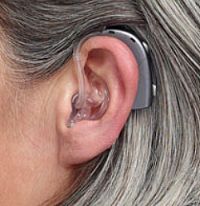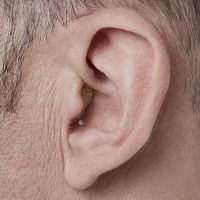Hearing Aid Styles
BTE’s
 |
BTE’s A behind-the-ear (BTE) hearing aid hooks over the top of your ear and rests behind the ear. A tube connects the hearing aid to a custom earpiece called an ear mold that fits in your ear canal. This type is appropriate for people of all ages and those with almost any type of hearing loss.
It offers following advantages
|
RIC’s
 |
RIC’s The receiver-in-canal (RIC) and receiver-in-the-ear (RITE) styles are similar to a behind-the-ear hearing aid except that the speaker or receiver sits in the ear canal. A tiny wire, rather than tubing, connects the piece behind the ear to the speaker or receiver.
It offers following advantages
|
ITC’s
 |
ITC’s An in-the-canal (ITC) hearing aid is custom molded and fits partly in the ear canal. This style can improve mild to moderate hearing loss in adults.
It offers following advantages
Note – It is susceptible to earwax clogging the speaker |
CIC’s
 |
CIC’s A completely-in-the-canal hearing aid is molded to fit inside your ear canal. It improves mild to moderate hearing loss in adults. It offers following advantages - Smallest and least visible type Less likely to pick up wind noise.
It also has following dis-advantages
|
Contact Us
Acuhear
Address : 1458, Fountain, Chandni Chowk, Delhi - 110006, India
Mobile : +91-9811048900, +91-9810028146, +91-9818838195
